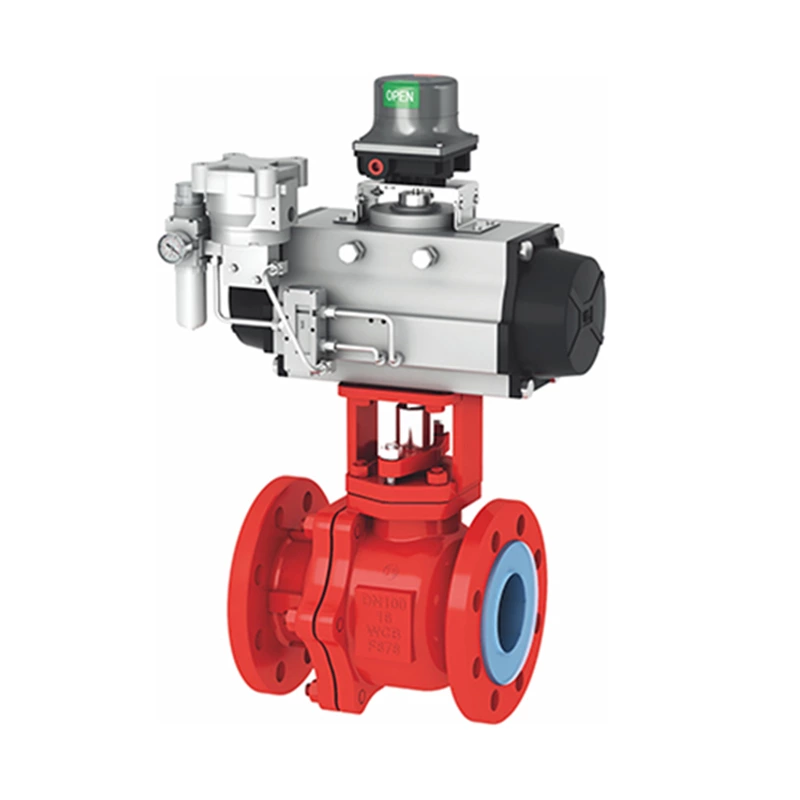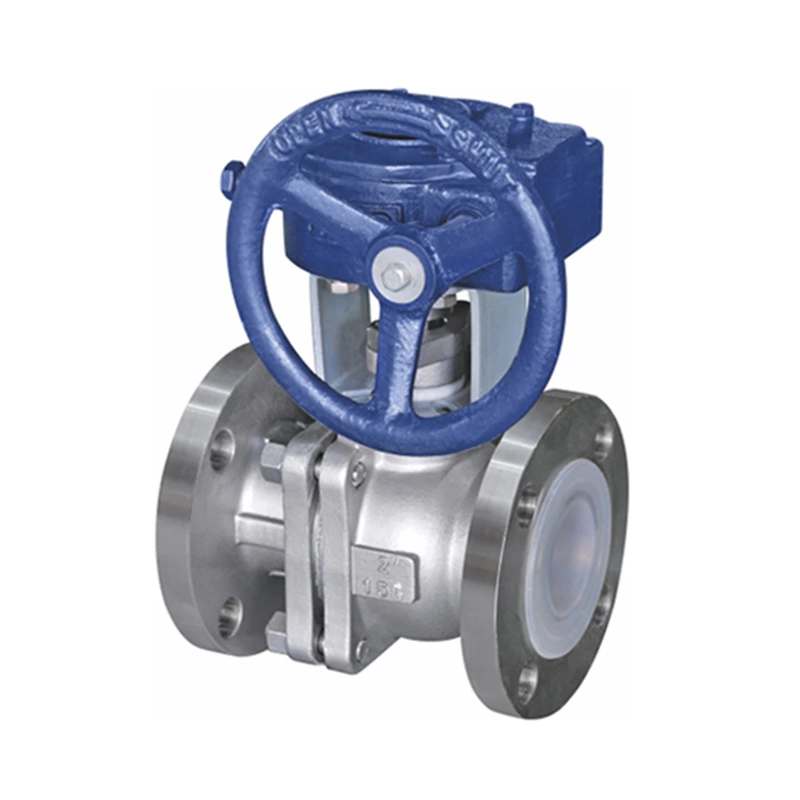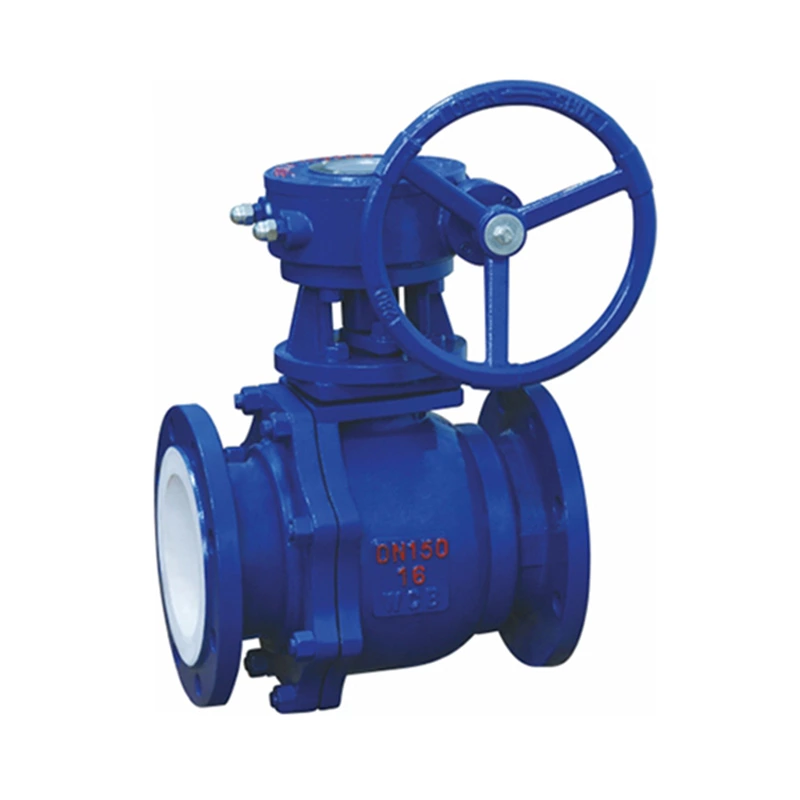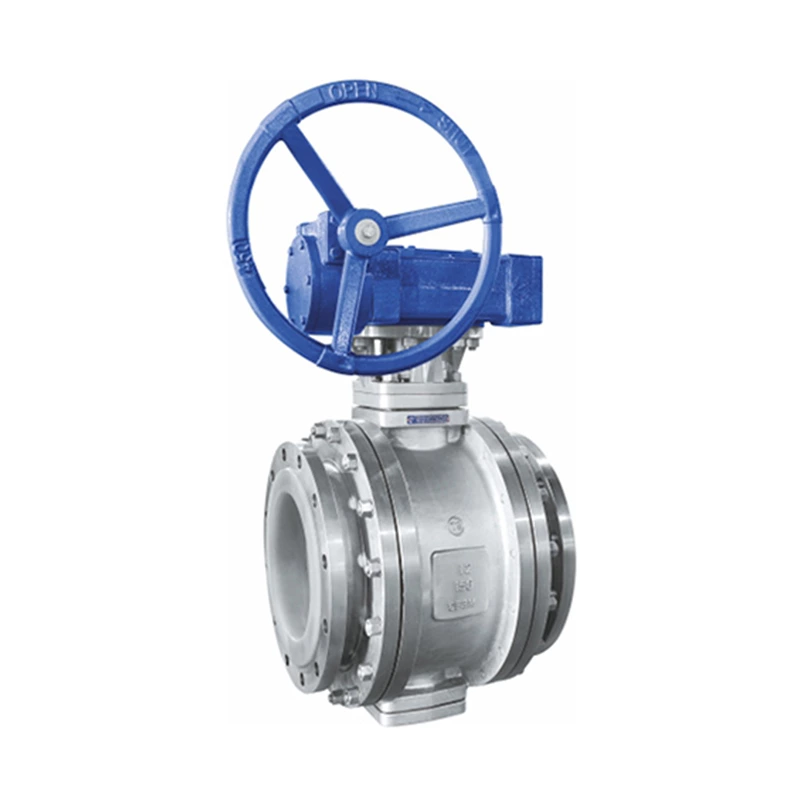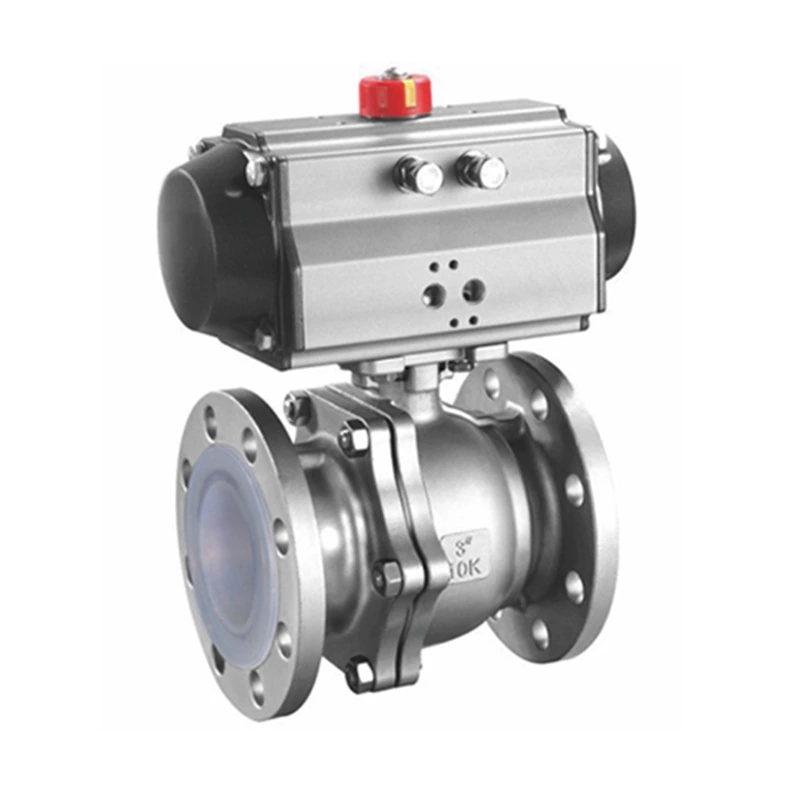Lined Ball Valve Installation Requirements And Installation Steps
The Lined Ball Valve series products purchased from our company will be provided with product instructions and installation instructions. Users only need to follow the requirements and steps in the installation instructions to install them. However, for greater convenience, the following is a further explanation of the installation requirements and steps using the flanged fully welded ball valve as an example:
(1) Hoisting. The fully welded ball valve should be hoisted in the correct way. To protect the valve stem, do not tie the lifting chain to the handwheel, gearbox or actuator, etc., and do not remove the protective caps at both ends of the valve sleeve before welding.
(2) Welding. The flanged fully welded ball valve is connected to the main pipeline by welding. The weld quality must comply with the "Radiography of Disk Fusion Welding Joints" (GB3323-2005) Class II film standard. Usually, one welding cannot guarantee that all welds are qualified. Therefore, our company's fully welded ball valves add 1.0m long sleeves at both ends of the valve. If the weld fails, there is enough length to cut off the unqualified weld and re-weld. When welding to the pipeline, the valve should be in the 100% fully open position to prevent the valve ball from being damaged by splashing welding slag. At the same time, ensure that the temperature of the valve internal seal does not exceed 140 degrees Celsius. Appropriate cooling measures can be taken if necessary. (3) Valve well masonry. The fully welded ball valve features a unique structural design, making it maintenance-free. Before burial, the valve exterior is coated with a special Pu anti-corrosion coating. Three injection pipes, one for emergency grease injection of the valve seat and stem, the other for the middle cavity vent pipe, and the valve stem are appropriately extended based on the burial depth, allowing operators to complete all operations from above ground. After direct burial, a small valve well can be constructed. Conventional non-fully welded ball valves cannot be directly buried and require the construction of a large valve well, resulting in a dangerous confined space that is not conducive to safe operation. Furthermore, the valve body itself and the bolted connection between the valve body and the pipeline are subject to corrosion, shortening the valve's service life.
